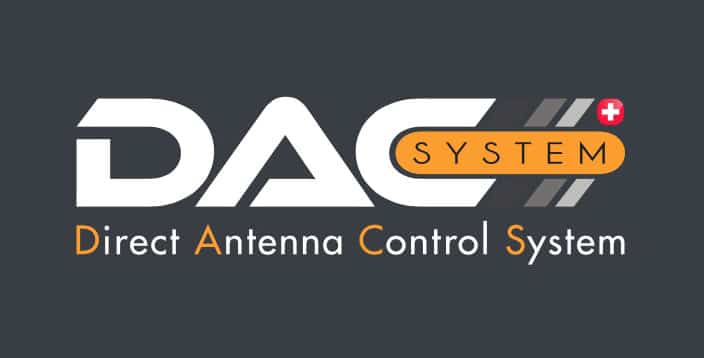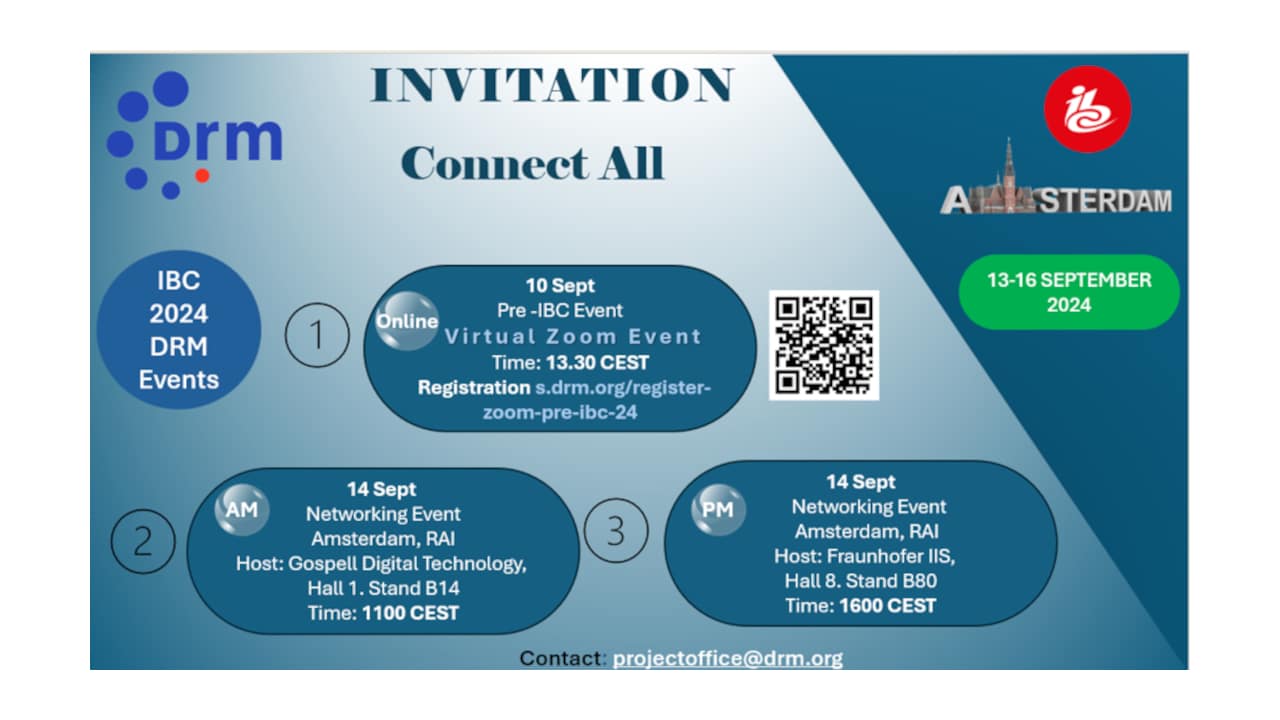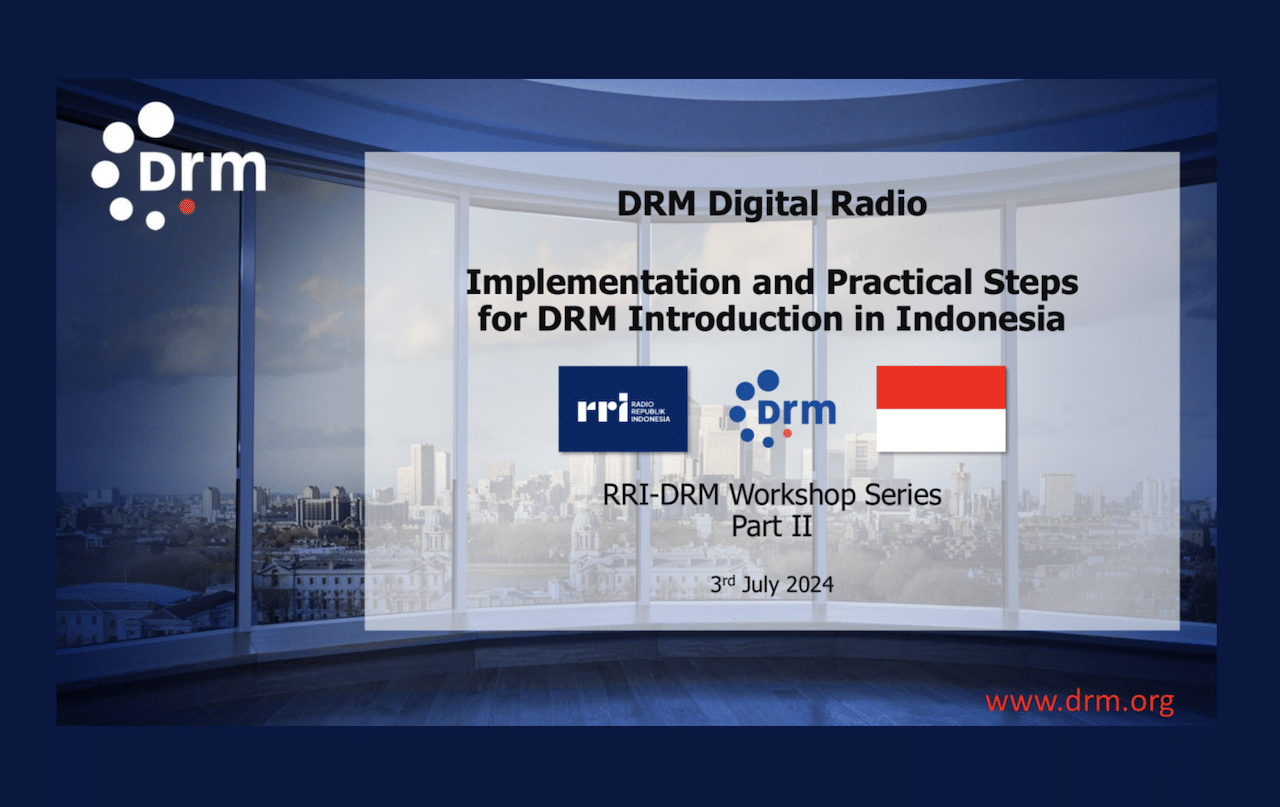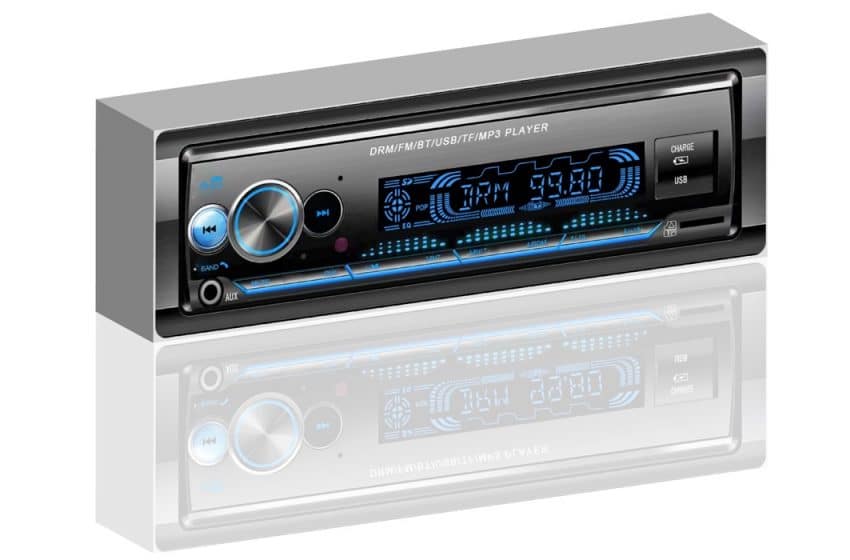
More people than you think use radio receivers. By all accounts, radio is in good health with hundreds of millions of users across the world. This counters the provocative mantra often heard at conferences and seminars that radio is dead, although we must define what radio is — whether it is terrestrial, streaming or podcasting — and in particular how listeners access radio content.
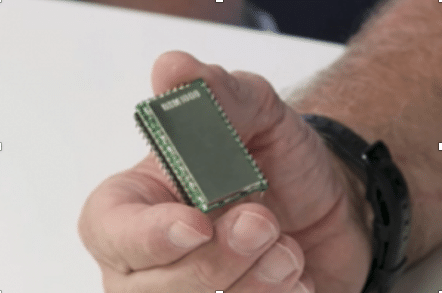
“Audio is now attractive, and digital attention is moving in that direction,” said Udit Tyagi, chief digital officer for Indian media giant Mirchi, adding that “the phase for audio has come.”
The fact that radio continues to be so resilient at peak times remains unchallenged by new mediums like podcasts. Breakfast is a radio station’s peak time in most countries around the world. People tune in to get their local news, traffic and weather and to hear about what matters to them from people who live in their city or region. Podcasts fill in parts of the audience’s day usually unoccupied by peak-time radio, like mid-afternoon or late at night, extending the life of existing or related content.

In the United States radio reaches 87% of the population. In RedTech’s article “The unexpected emerging trends in radio’s future,” Managing Director of Enterprise Solutions at Veritone, Paul Cramer, stated that radio “is the number one reach medium.”
In a typical day, most people in the United States listen to AM/FM radio while few listen to Pandora, Spotify, or SiriusXM (satellite radio), and more than 90% only listen to AM/FM radio according to the “Share of Ear” study in the US (“Share of Ear” Q2 2022).
Similarly, radio listeners in the United Kingdom are tuning into more than 20 hours a week with live radio reaching 88% of the population in the second quarter of 2022, according to audience research organization RAJAR.
Where are the receivers?
Many are in cars. There are over 120 million automotive tuners in cars now, and big manufacturers like Skyworks now offer tuners that cover both analog and digital standards.
According to the same “Share of Year” study, AM/FM radio has a stunning 89% share of ad-supported audio in the car in the U.S. This has remained the case for the last six years, despite challenges like Covid, AM in cars, interference in new electric vehicles, and the chipset crisis.
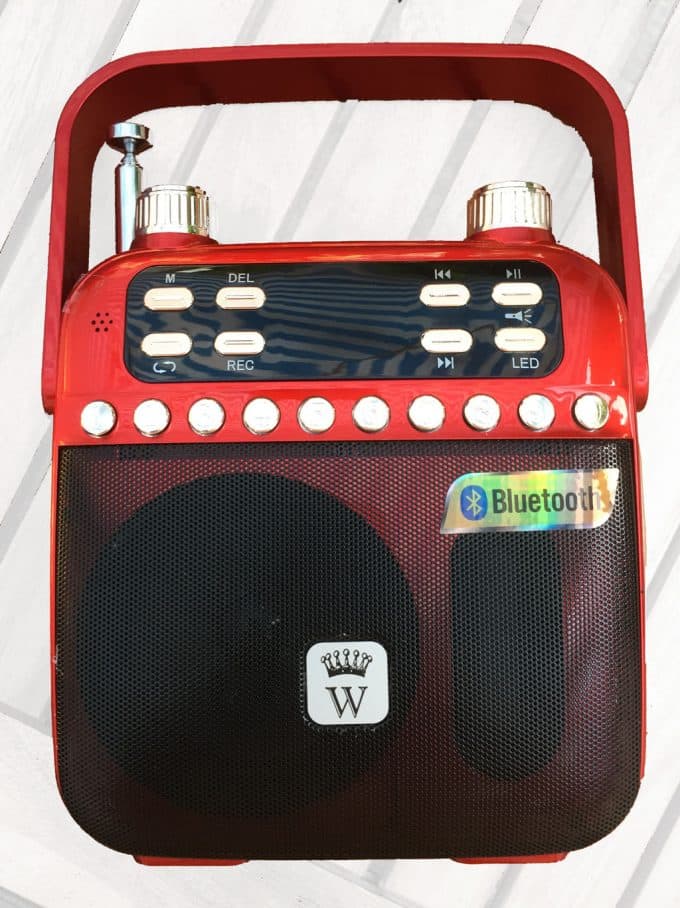
In the last five years in India the number of cars with line-fitted digital DRM radios has increased dramatically, reaching about a third of all new cars or over 5 million vehicles. These receivers have no electricity supply issue, are supported by advanced digital-analog chipsets and are the cheapest receivers available. In fact, the cost of DRM/analog receivers in certain Indian car models is included in the price at no cost to the buyer.
The beauty of these receivers is that they are hybrid analog/digital and can be also digital multi-standard. This is useful in places like South Africa which have adopted both DRM and DAB+ as official digitization standards.
The upgrade of a medium-wave DRM receiver to DRM in FM can also be done via software and after-sales upgrades are also available.
But not everyone in the world has a car and the home remains the most popular place to listen to the radio. And standalone sets are still more numerous than the car receivers.
Several business models
Standalone digital receivers face several challenges.
One is behavioral. People do not want to change their radio set as often as they change their mobiles or cells; there is a strong sentimental attachment to our friend in the corner of the kitchen.
Then there is the price issue as digital receivers are more complicated than transistor radio sets. And finally, there is an image issue. Even digital radios are made to look “retro.” This does not fit with the idea of a new media platform, broader choice of content and multi-media offerings.

Marketing people are scratching their heads as they try to find new ways to sell these boxes. In recent years many big brands have been abandoning the business of selling radio sets or are keeping this line of business on the back burner, although there are some niche brands still active in the market and a variety of cheap and cheerful receivers languishing on supermarket shelves.
But there is another option. A model recently unveiled at IBC is the result of two innovative companies using the open DRM standard. CML Microcircuits and Cambridge Consultants in the U.K. offers a DRM-ready module that can be turned into a receiver extremely quickly.
This cost-effective and low-energy solution is a multi-band broadcast DRM receiver module that makes it easy for manufacturers to build DRM radio sets. The module supports DRM and analog reception in the AM and VHF bands, and notably, applicable IP royalties are included in the module price.
A module which can be turned into a very affordable desktop radio without the headache of paying IPs or importation taxes makes it attractive not just for Europe but also in territories like Africa, Asia and Latin America.
Until such innovative solutions that cater for different levels of technological development are fully embraced, digital radio will struggle as podcasting and streaming erode traditional, live, free-to-air transmissions.
The author is chairman of Digital Radio Mondiale.


